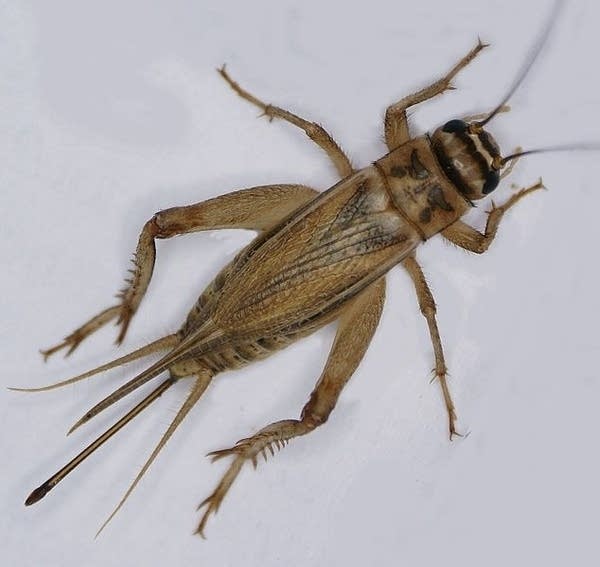Cricketometer: If you listen, crickets will tell you about weather
These little critters may be extra noisy during this week's heat wave

House cricket
Wikipedia Commons | Geyersberg, Professor emeritus Hans Schneider
Go Deeper.
Create an account or log in to save stories.
Like this?
Thanks for liking this story! We have added it to a list of your favorite stories.


